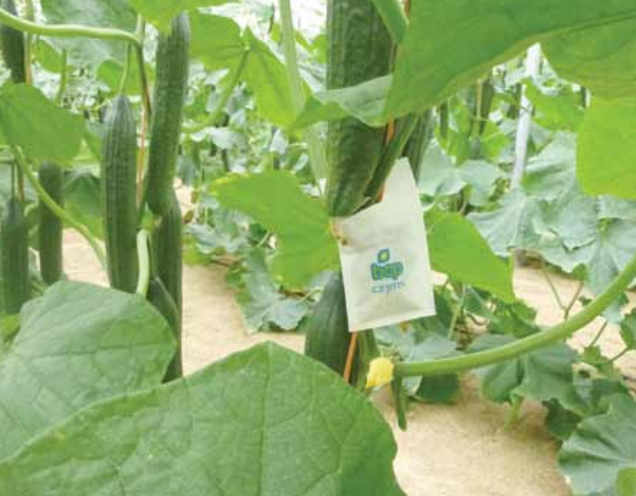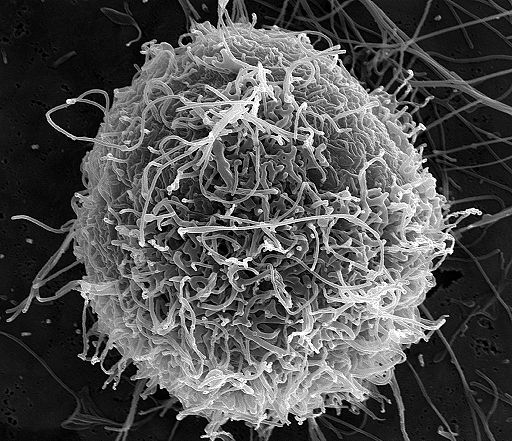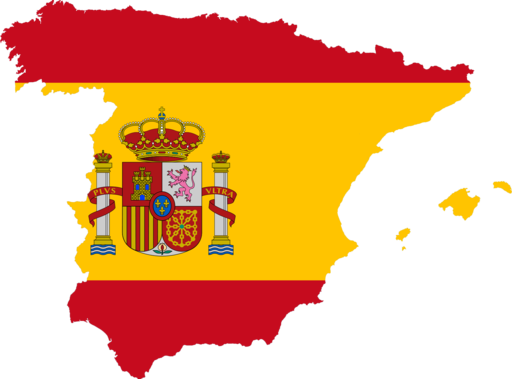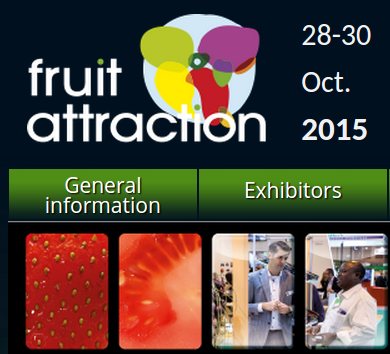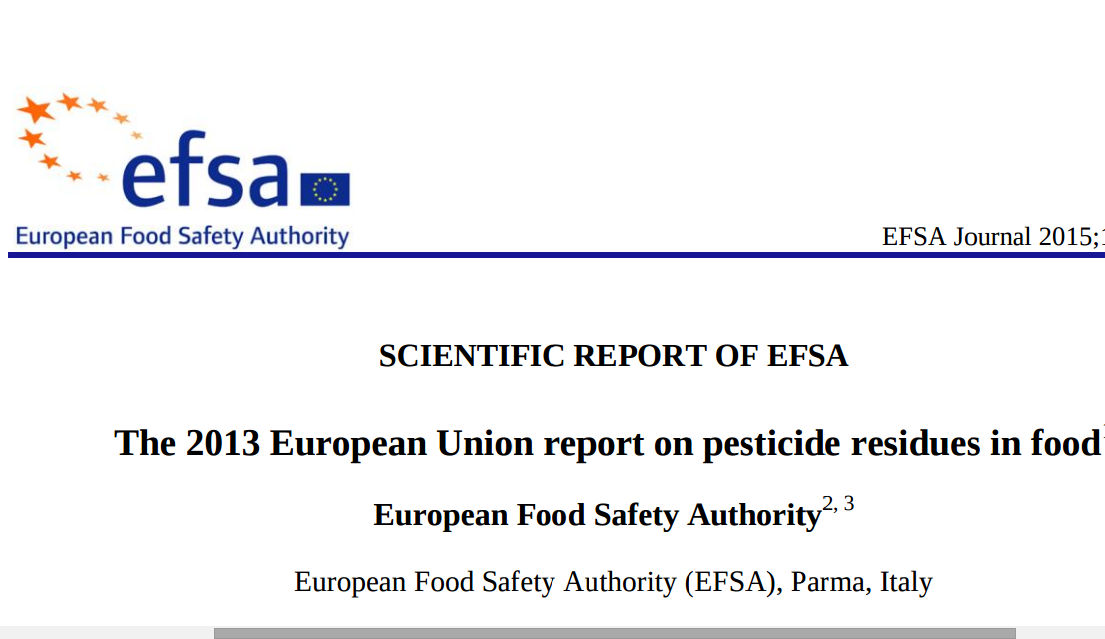
More than 97% of food samples evaluated by the European Food Safety Authority (EFSA) contain pesticide residue levels that fall within legal limits, with just under 55% of samples free of detectable traces of these chemicals, EFSA reported today. The findings come from its 2013 annual report on pesticide residues in food, which includes results for almost 81,000 food samples from 27 EU Member States, Iceland and Norway.
The majority of samples (68.2%) were taken from food originating in Europe, with 27.7% coming from food imported from third countries. The percentage of samples from third countries exceeding legal limits was higher (5.7%) than for EU countries (1.4%). However, exceedance rates for imported food have fallen by nearly two percentage points (from 7.5%) since 2012.
For the EU co-ordinated programme, the reporting states tested 11,582 samples from 12 food products – apples, head cabbage, leek, lettuce, peaches, rye, oats, strawberries, tomatoes, cow’s milk, swine meat and wine. The results showed that 99.1% of the samples contained residue levels within permissible limits and almost 53% contained no measurable residues.
Strawberries had greatest MRL exceedance rate and highest % of multiple residues
The highest MRL exceedance rate was found for strawberries (2.5 % of the samples), followed by lettuce (2.3 %), oats (1.3 %), peaches (1.1 %) and apples (1.0 %). The MRL exceedance rate was below 1 % for the remaining products – head cabbage (0.9 %), tomatoes (0.9 %) leek (0.5 %) and wine (0.1 %).
The products with the highest percentage of samples with multiple residues were strawberries (63 %), peaches (53 %), apples (46 %) and lettuce (36 %). Lower occurrence levels were recorded for oats (28 %), tomatoes (27 %), wine (23 %), rye (16 %), leek (14 %) and head cabbage (4.8 %).
Comparison with 2010 results
Compared to its analysis in 2010, However, EFSA noted a lower number of MRL exceedances related to non-approved pesticides in 2013 in apples, head cabbage, peaches and strawberries. In apples, lettuce and tomatoes some pesticides were found in exceedance of the MRL that were not present or were within the legal limits in 2010.
Assessment of consumer exposure
Considering the frequency of pesticide residues detected in food commonly consumed, a wide range of European consumers are expected to be exposed to these substances via food. To quantify the expected exposure and the related risk, EFSA performed short-term and long-term dietary risk assessments for the pesticides covered by the EU-coordinated programme (EUCP).
The short-term (acute) exposure was calculated for the 12 food products covered by the 2013 EUCP. For the majority of the pesticides assessed, the short-term exposure was found to be negligible or within a range that is unlikely to pose a consumer health concern. The exposure exceeded the toxicological reference value (ARfD) for 218 samples of the total of 18 747 samples taken into account for the short-term dietary exposure assessment (1.16 %), assuming that the product was consumed in high amounts without washing or any processing which would reduce the residues (e.g. peeling).
Most of the cases exceeding the ARfD were due to chlorpyrifos residues (145 determinations), mainly in apples and peaches. The high number of exceedances of the ARfD is related to the fact that the toxicological reference value for chlorpyrifos was recently lowered, which triggers the need to re-evaluate the existing MRLs for chlorpyrifos. Excluding the results for chlorpyrifos, 73 samples contained residues exceeding the ARfD.
Based on the results of the 2013 EUCP, EFSA concluded that the probability of European citizens being exposed to pesticide residues exceeding concentrations that may lead to negative health outcomes was low.
Organic produce
In 15.5 % of samples of organic products (717 of the 4 620 samples analysed) pesticide residues were detected within the legal limits whereas 0.8 % of the samples exceeded the MRL. In these samples, 134 distinct pesticides were identified. In most cases the detected residues were related to pesticides that are permitted for organic farming, persistent environmental pollutants or residues of substances that are not necessarily related to the use of pesticides but which may come from natural sources.
Read more from EFSA here.



